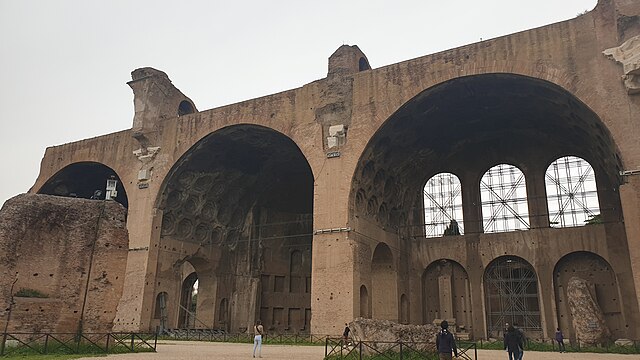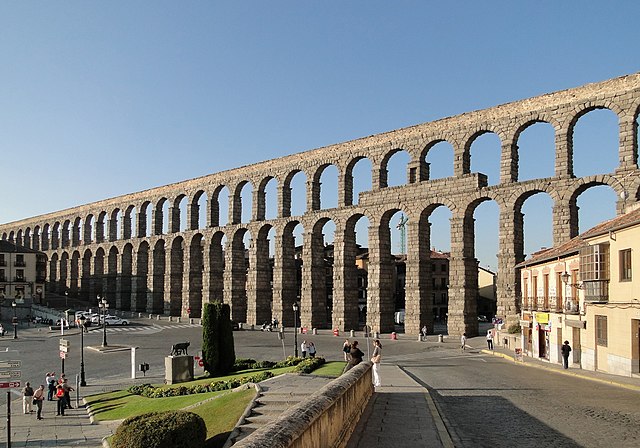Ancient Roman temples were among the most important buildings in Roman culture, and some of the richest buildings in Roman architecture, though only a few survive in any sort of complete state. Today they remain "the most obvious symbol of Roman architecture". Their construction and maintenance was a major part of ancient Roman religion, and all towns of any importance had at least one main temple, as well as smaller shrines. The main room (cella) housed the cult image of the deity to whom the temple was dedicated, and often a table for supplementary offerings or libations and a small altar for incense. Behind the cella was a room, or rooms, used by temple attendants for storage of equipment and offerings. The ordinary worshiper rarely entered the cella, and most public ceremonies were performed outside of the cella where the sacrificial altar was located, on the portico, with a crowd gathered in the temple precinct.

The Maison Carrée in Nîmes, one of the best-preserved Roman temples. It is a mid-sized Augustan provincial temple of the Imperial cult.
The Temple of Hercules Victor, in the Forum Boarium in Rome, 2nd century BC; the entablature is lost and the roof later.
Roman temple of Alcántara, in Spain, a tiny votive temple built with an important bridge under Trajan
Temple of Augustus in Pula, Croatia, an early temple of the Imperial cult
Ancient Roman architecture
Ancient Roman architecture adopted the external language of classical ancient Greek architecture for the purposes of the ancient Romans, but was different from Greek buildings, becoming a new architectural style. The two styles are often considered one body of classical architecture. Roman architecture flourished in the Roman Republic and to an even greater extent under the Empire, when the great majority of surviving buildings were constructed. It used new materials, particularly Roman concrete, and newer technologies such as the arch and the dome to make buildings that were typically strong and well engineered. Large numbers remain in some form across the former empire, sometimes complete and still in use today.
Remains of the Basilica of Maxentius and Constantine. The building's northern aisle is all that remains.
The Colosseum, Rome, c. 70–80 AD
The Maison carrée in Nîmes (France), one of the best-preserved Roman temples, c. 2 AD
Aqueduct of Segovia (1st century AD), Segovia, Spain







